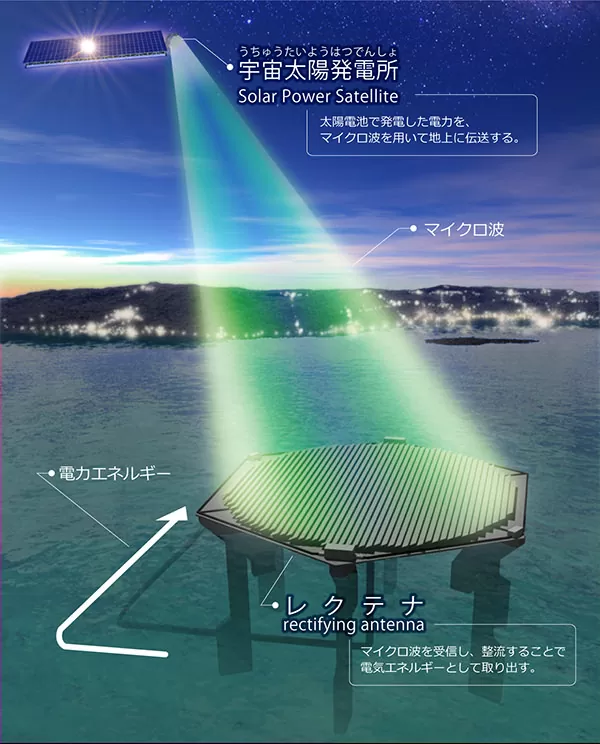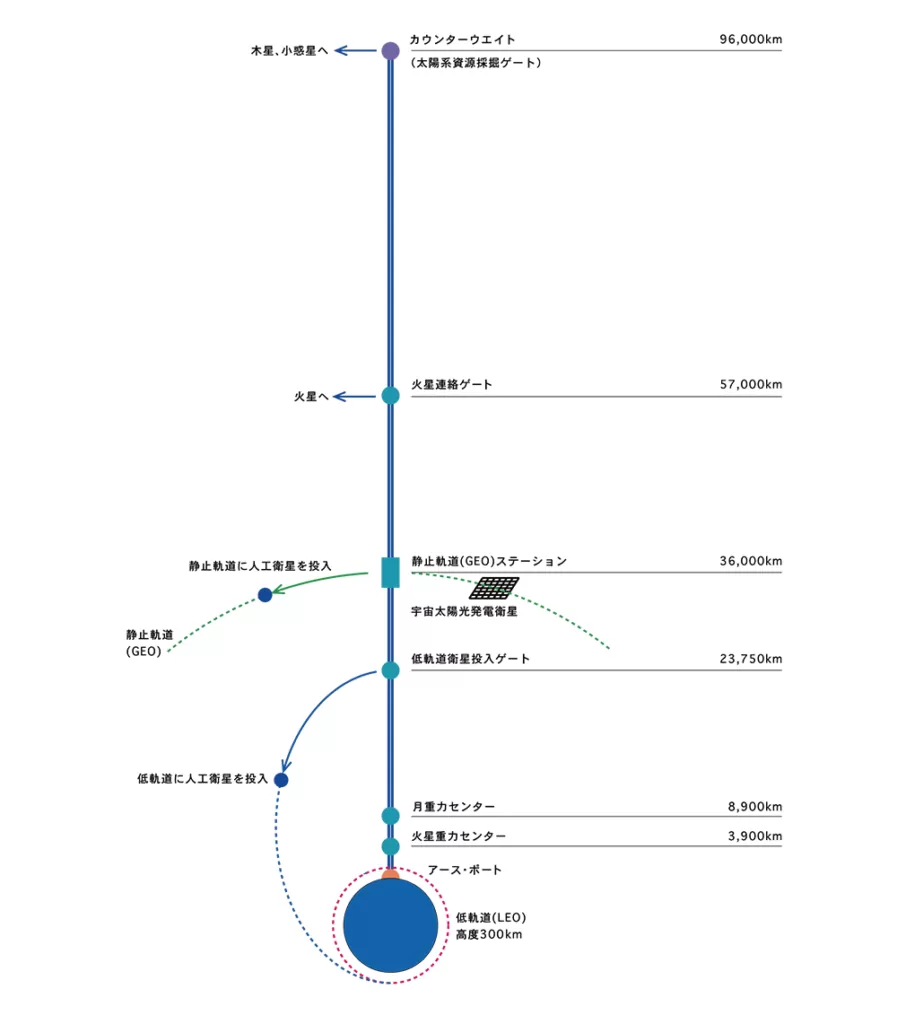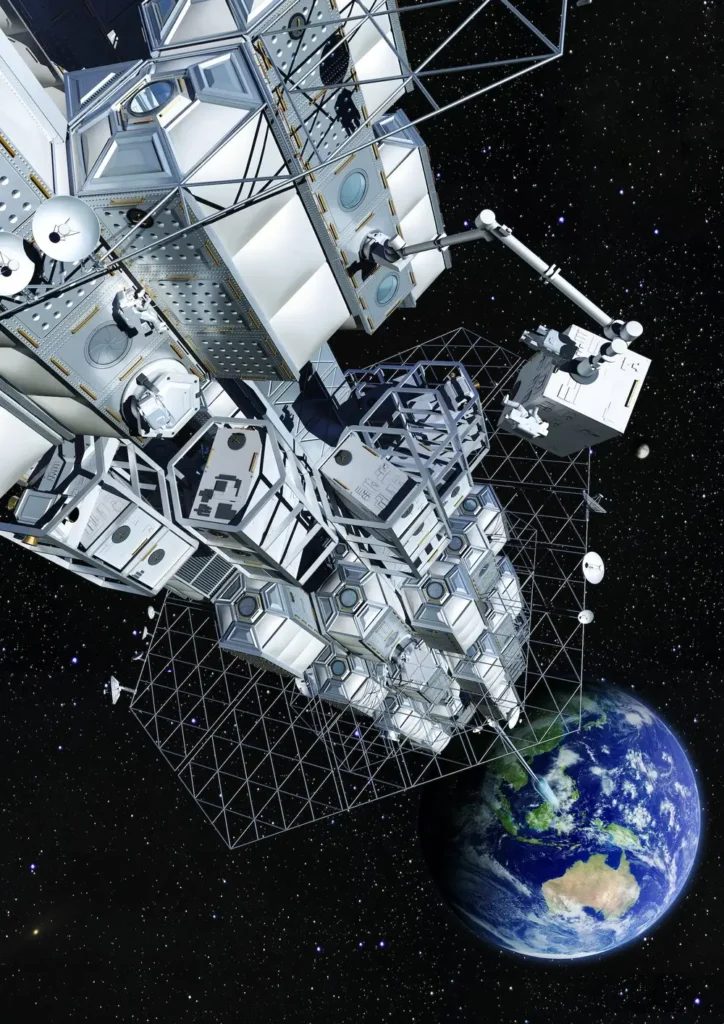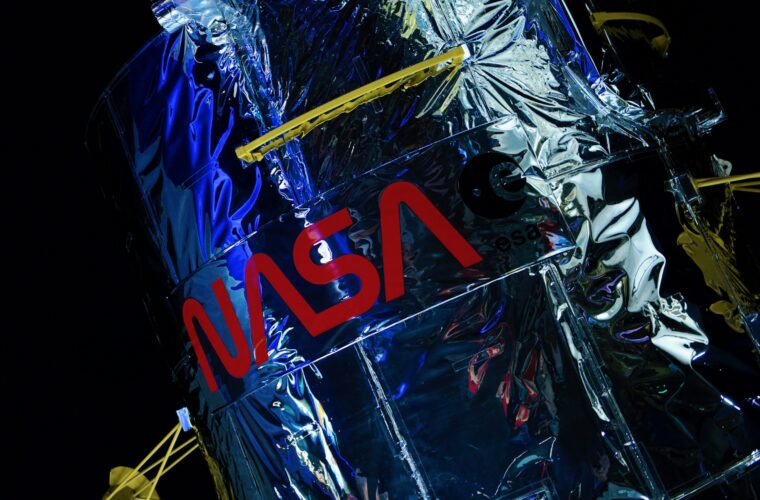Imagine a world where travelling to space is as simple as taking an elevator. This isn’t science fiction—it’s the vision behind Japan’s ambitious plan to build a space elevator. With the potential to revolutionize space travel and exploration, this project could make reaching Mars and other celestial destinations faster, cheaper, and more sustainable. Here’s how Japan plans to make this dream a reality by 2050.
The concept of a space elevator
A space elevator is essentially a long tether connecting Earth to space, allowing cargo and passengers to travel to orbit without rockets. This concept, while not new, presents significant engineering challenges. However, the potential benefits are enormous. It could drastically reduce the cost of sending goods and people into space, making space travel more accessible. The Obayashi Corporation, a leading construction firm in Japan, announced in 2012 its plan to build a space elevator by 2050. Known for constructing the Tokyo Skytree, the world’s tallest tower, Obayashi aims to leverage its expertise to achieve this monumental feat. The project, estimated to cost around $100 billion, involves using advanced materials and technologies to create a viable space elevator.
Cutting travel time to Mars
One of the most exciting prospects of a space elevator is its potential to shorten the journey to Mars. Currently, it takes about six to eight months to travel to Mars using conventional rockets. With a space elevator, scientists estimate that the trip could be reduced to just three to four months or even as quickly as 40 days. This significant reduction in travel time could accelerate human exploration and potential colonization of the Red Planet.
Space elevator: technological innovations
Building a space elevator requires overcoming several technological hurdles. One of the primary challenges is the construction of the tether. Traditional materials like steel are too heavy and would require more material than exists on Earth. Instead, researchers are looking at carbon nanotubes—an incredibly strong and lightweight material. These nanotubes are composed of rolled-up layers of graphite and are much stronger than steel. However, the longest nanotube currently produced is only about 2 feet long, far short of the 22,000 miles needed to reach geostationary orbit.




The construction of a space elevator involves several key steps:
Initial launch: Materials for the space elevator will be launched into low Earth orbit (LEO) using rockets.
Assembly in space: A spacecraft will be assembled in LEO and will then use electric propulsion to move to geostationary Earth orbit (GEO).
Deploying the tether: From GEO, the spacecraft will gradually release the carbon nanotube tether, extending it back to Earth and up to a counterweight in space.
Reinforcement: Climbers will ascend the tether, attaching reinforcing cables to ensure stability and strength.
Completion: Once reinforced, the climbers will transport materials and passengers between Earth and GEO.
Environmental benefits
A space elevator could significantly reduce the cost of space travel. Current rocket launches are extremely expensive due to the need for large amounts of fuel. For example, NASA’s Artemis moon missions are estimated to cost $4.1 billion per launch. In contrast, it could lower the cost to as little as $57 per pound of cargo. Even the most optimistic estimates for current rocket technology, like SpaceX’s Falcon 9, are still about five times more expensive than space elevators. Moreover, space elevators could be powered by renewable energy sources such as solar power or microwaves, making them zero-emission vehicles. This would eliminate the environmental impact associated with traditional rocket launches, which produce significant amounts of greenhouse gases and other pollutants.
Despite the potential benefits, there are numerous challenges to overcome. The materials for the tether need to be incredibly strong and durable. Additionally, the tether must withstand natural forces like lightning, tornadoes, and hurricanes. Locating the tether’s base at the equator could help mitigate some of these risks, but the project will still require significant advancements in material science and engineering. Obayashi Corporation acknowledges these challenges and is currently engaged in extensive research and development. Partnerships with other industries and governments will be crucial to overcoming the technical and financial obstacles. The Japanese government’s goal of achieving carbon neutrality by 2050 aligns with the timeline for the space elevator, providing a supportive framework for the project.
A New era of space exploration
The development of a space elevator marks a significant step towards a new era of space exploration. It has the potential to open up space travel to more people and facilitate the transport of goods and materials needed for deep space missions. Additionally, the project includes plans for a Space Solar Power System (SSPS), which could provide a continuous and reliable source of renewable energy from space, further highlighting the sustainable benefits of this initiative. Japan’s space elevator project is an ambitious and groundbreaking endeavour that could transform our space travel and exploration approach. By reducing costs, travel time, and environmental impact, this project has the potential to make space more accessible and sustainable for future generations. As research and development continue, the dream of a space elevator inches closer to reality, promising a future where we can reach the stars.



